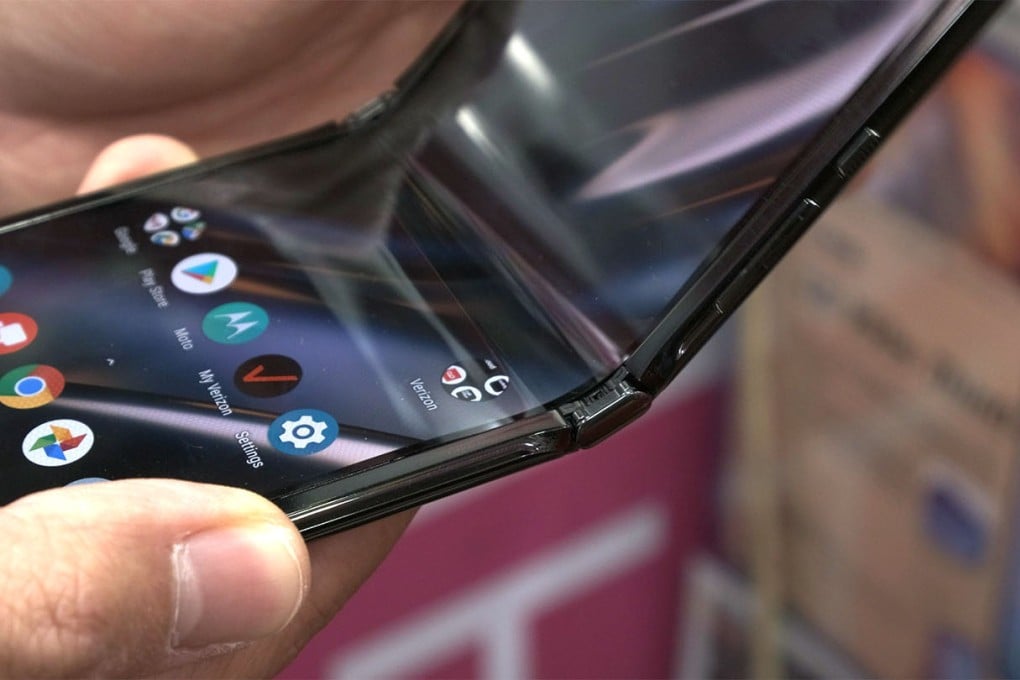The Motorola Razr is an overpriced flip phone with underperforming specs
It’s natural to compare the Razr to the new Samsung Galaxy Z Flip, and it’s not flattering to Motorola

The new Motorola Razr foldable smartphone generated a lot of buzz when it was announced late last year. A smartphone with the looks of the original Razr V3 flip phone seems to have elicited a lot of nostalgia.
WHAT I DISLIKE
The sound comes from Razr’s unique hinge design. It allows the screen to curl when the phone is folded up, keeping it from having a visible crease on the screen like other foldable smartphones. So Razr managed to get rid of one of the biggest flaws of other foldables while introducing another terrible one. This isn’t a flaw I could live with in my daily device.

Folding and unfolding the Razr isn’t easy, either. In my first few attempts, I almost dropped it... twice! The top half of the phone is slightly heavier, and the hinge is a lot stronger than the one on the Z Flip, requiring a bit of force to open it.
